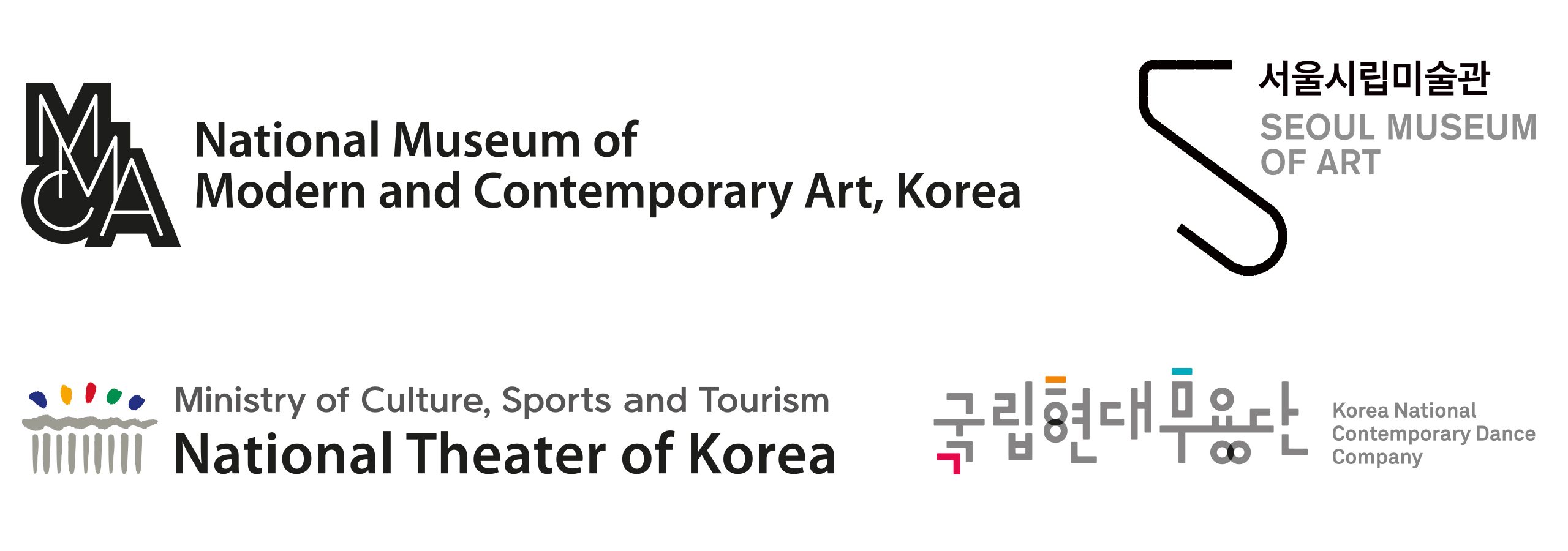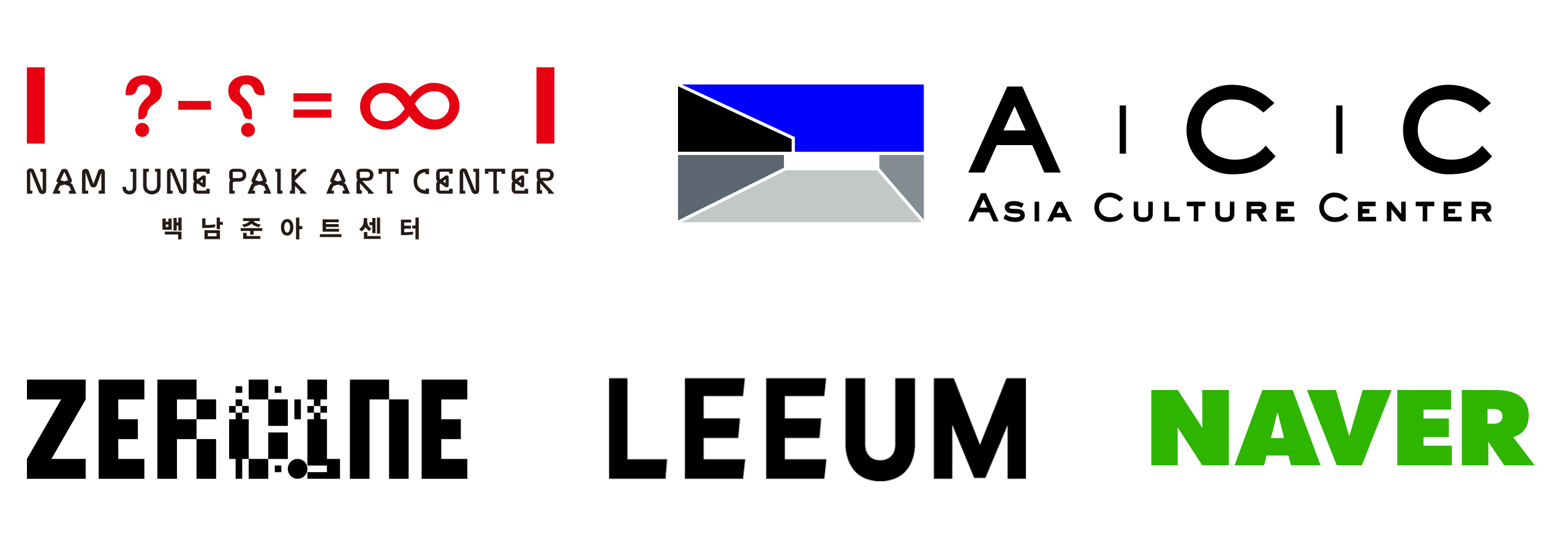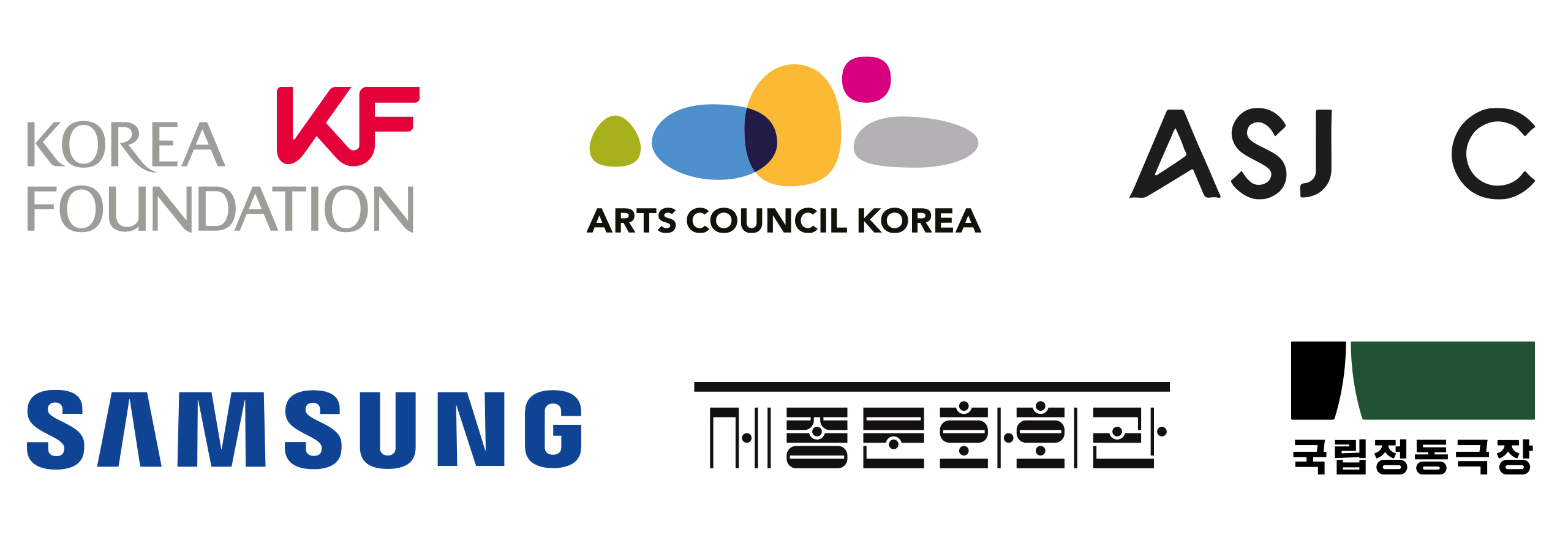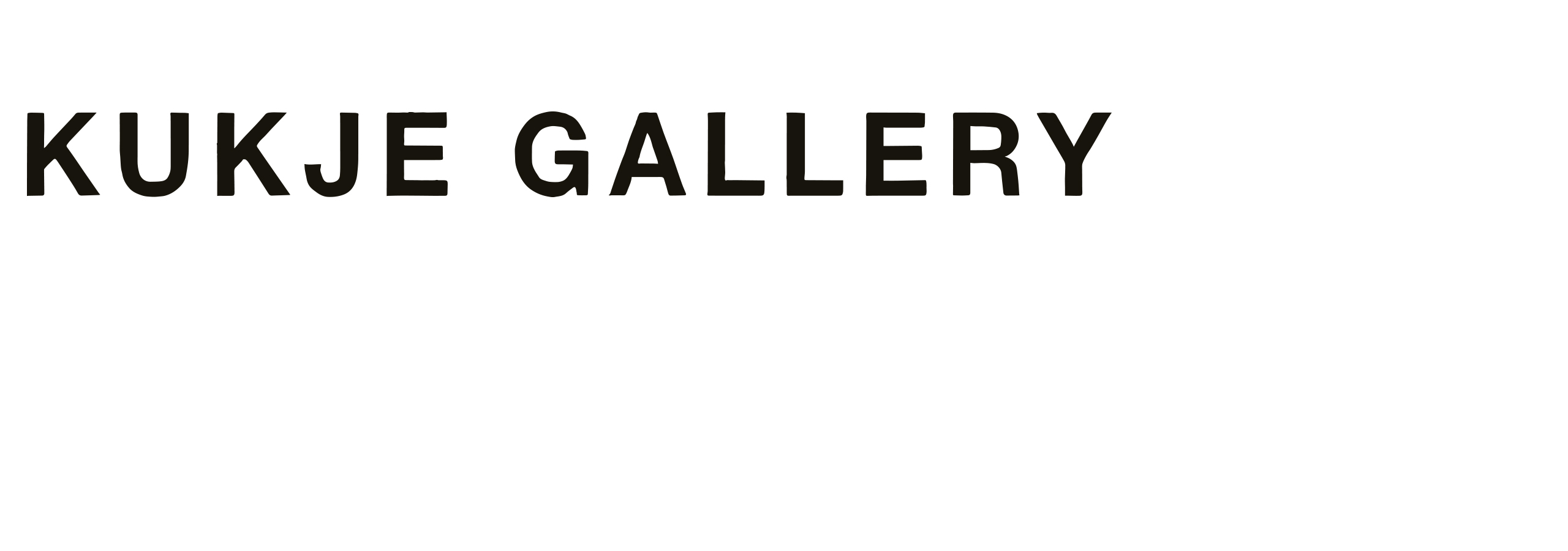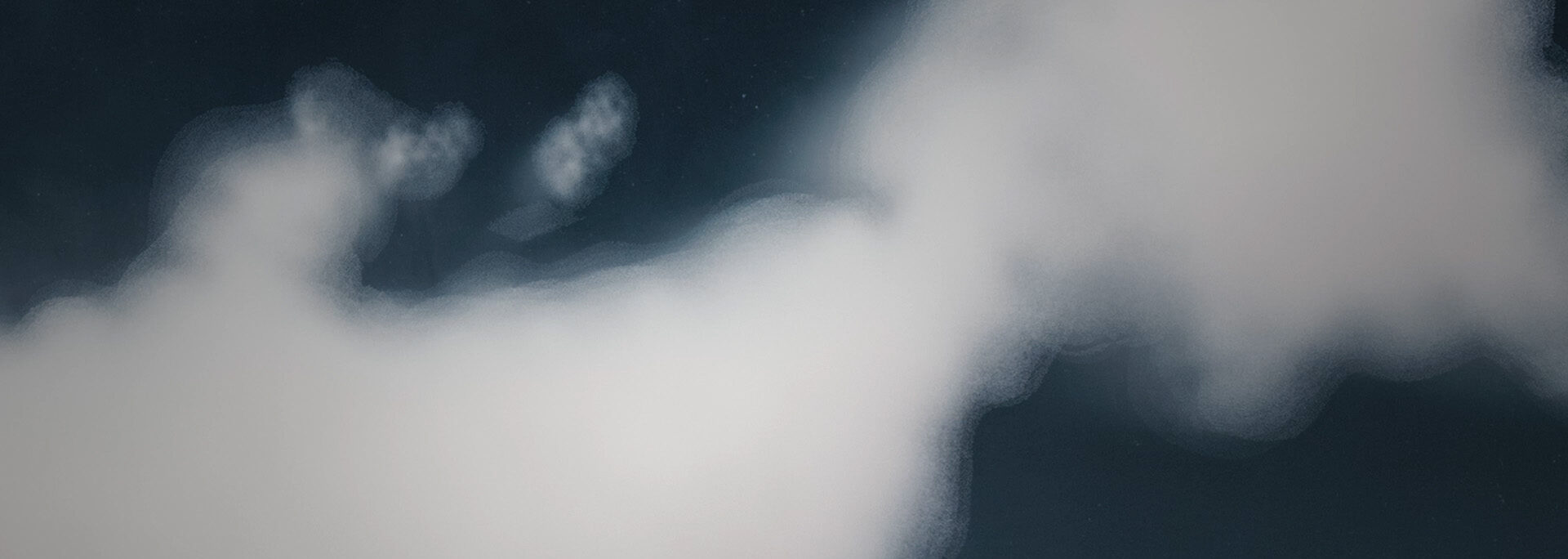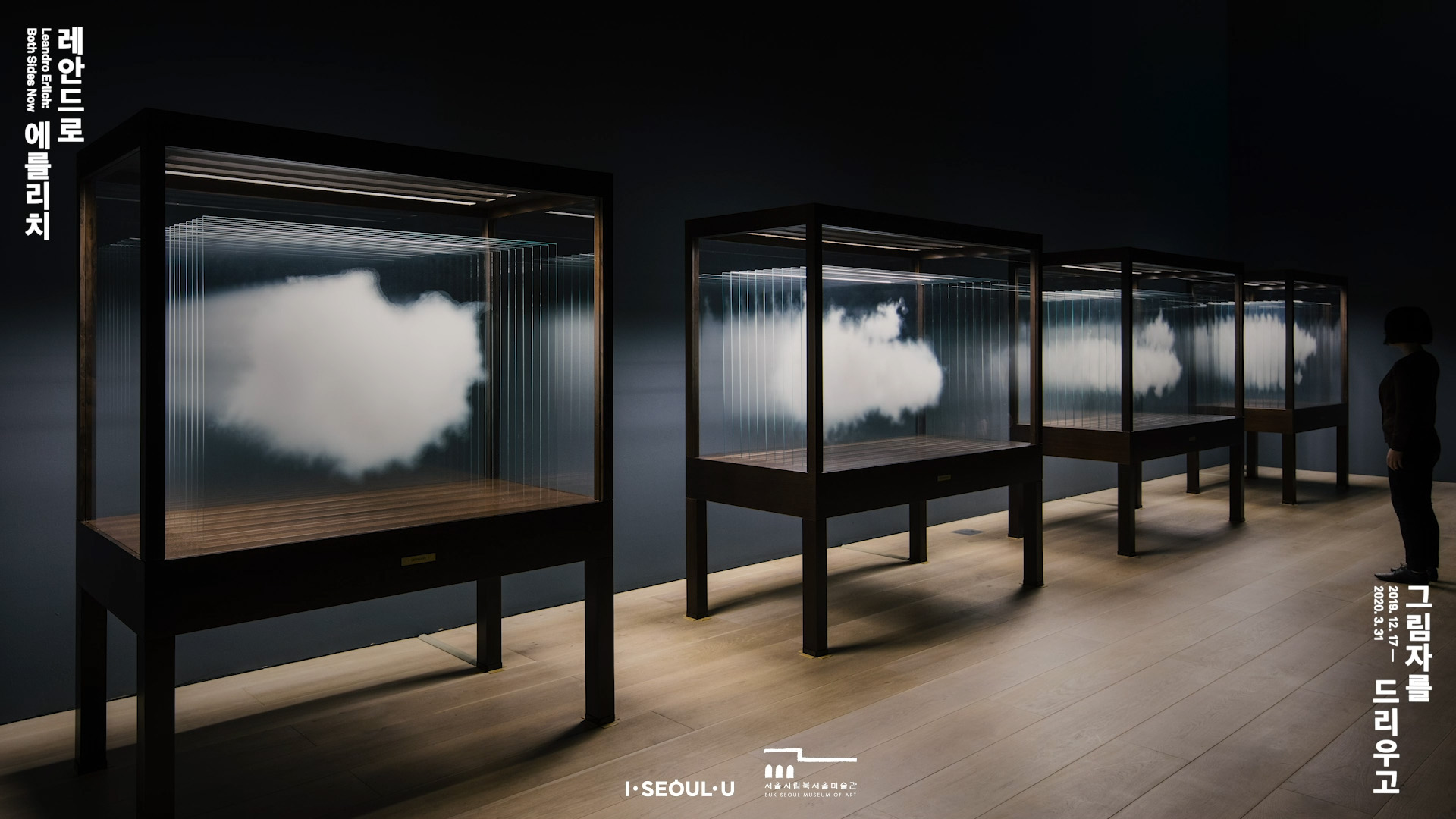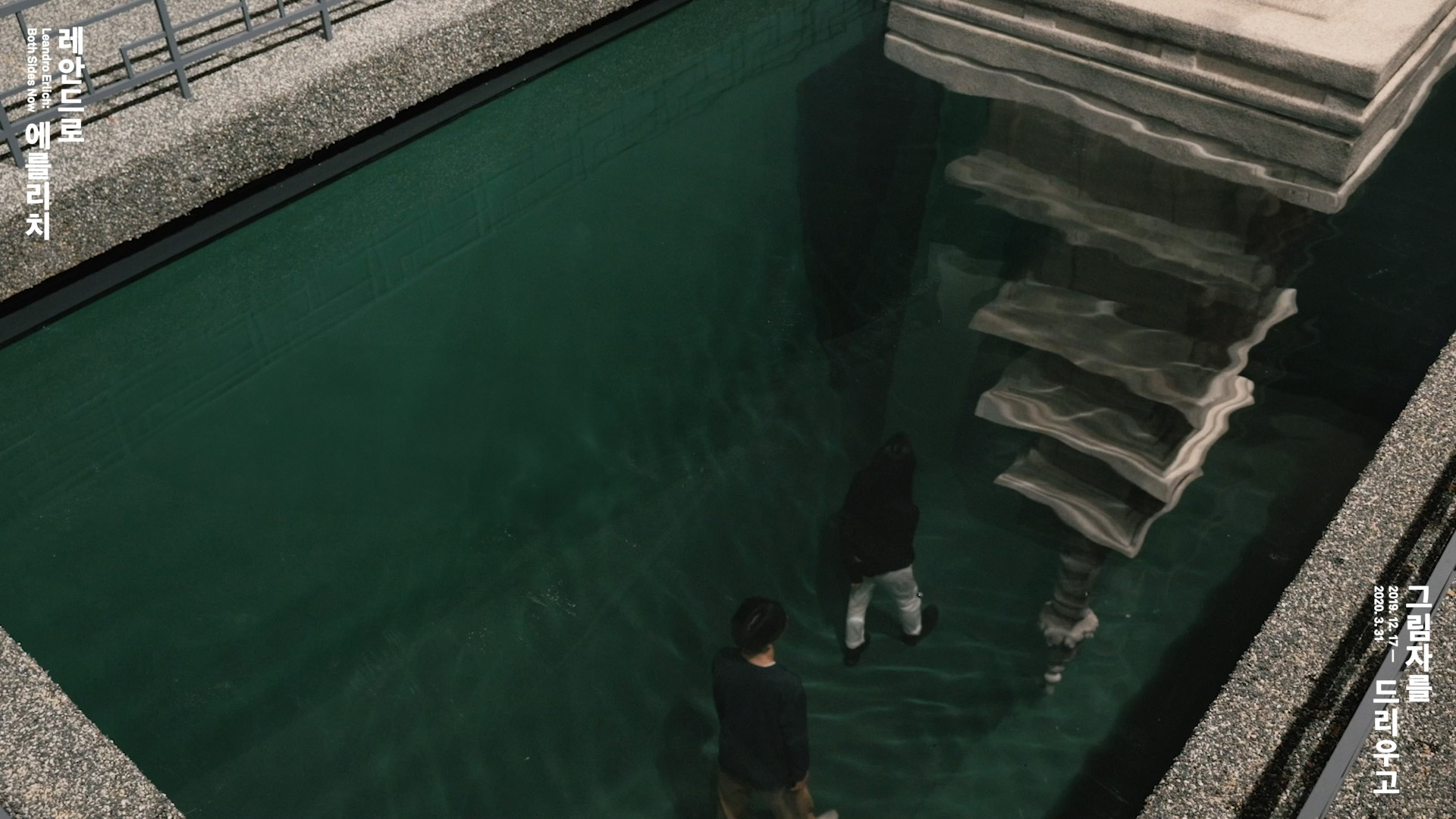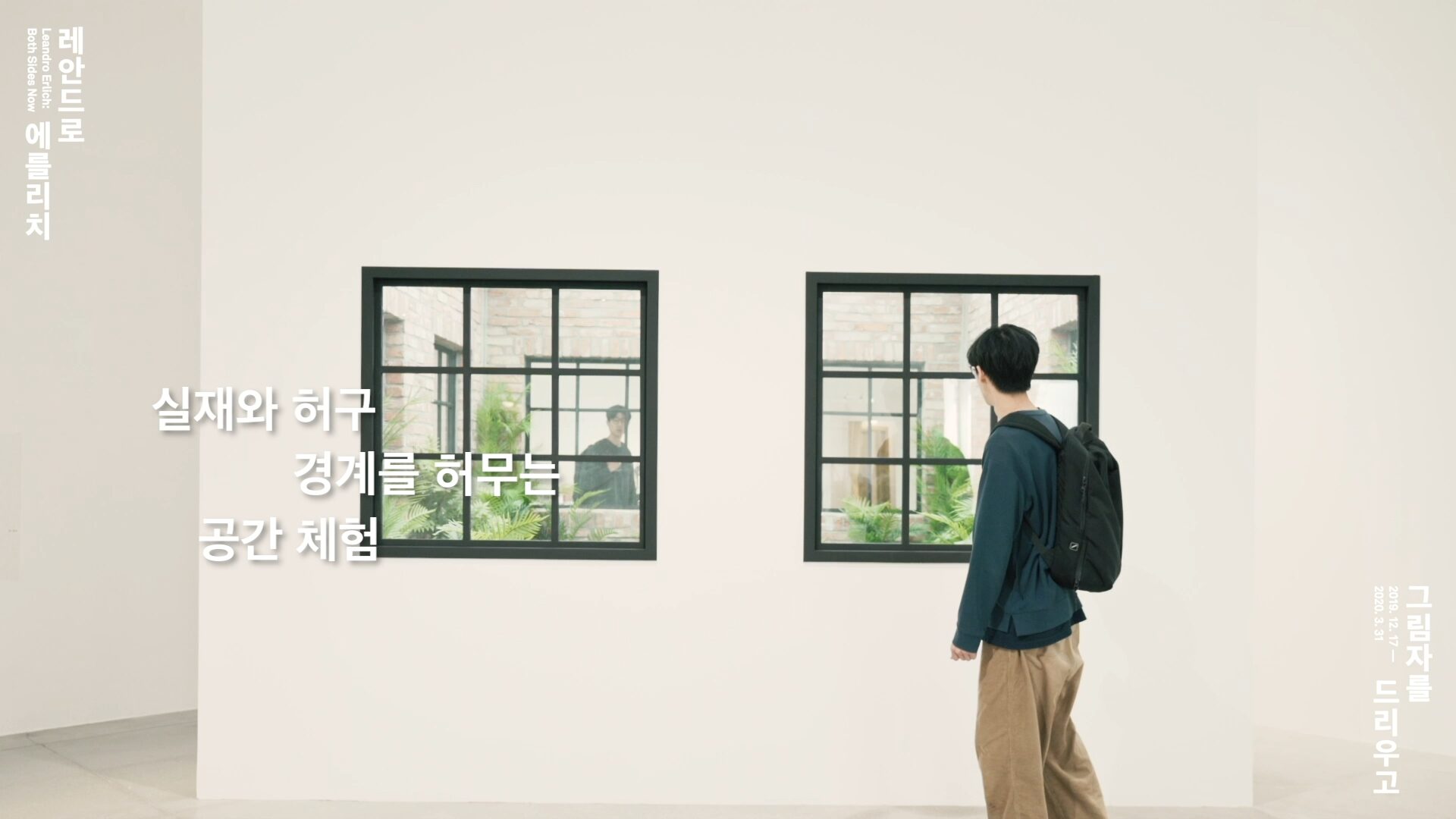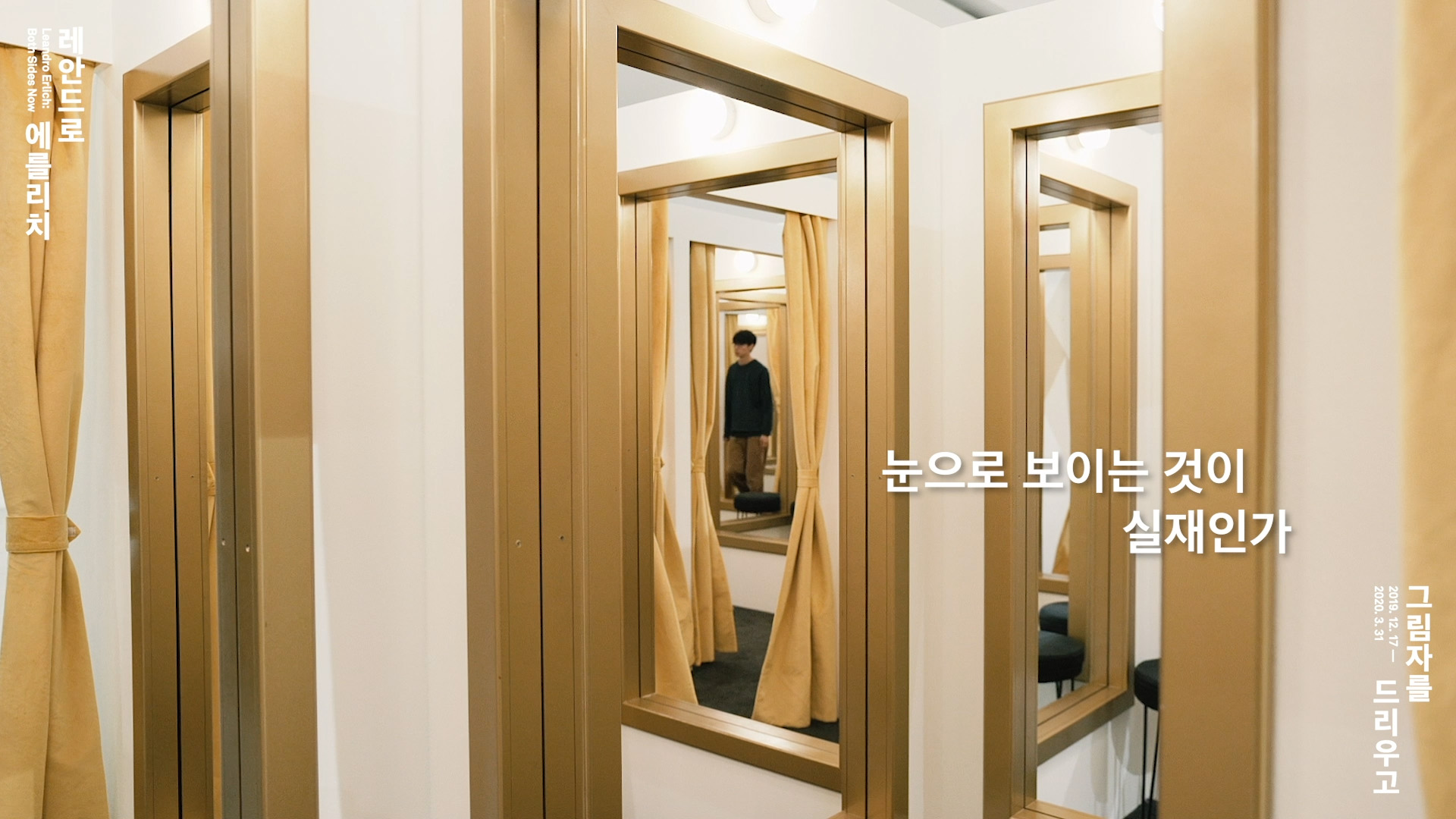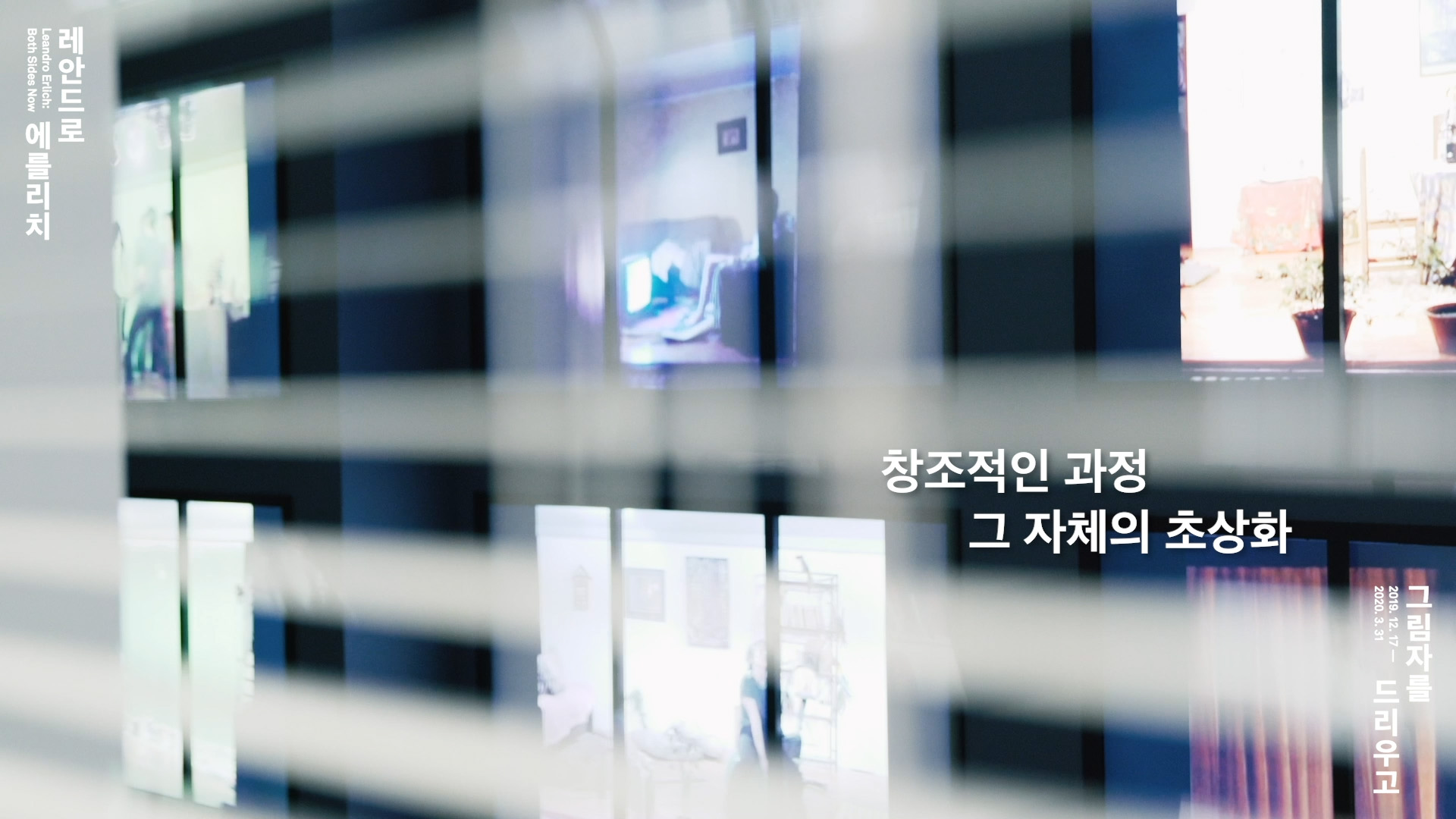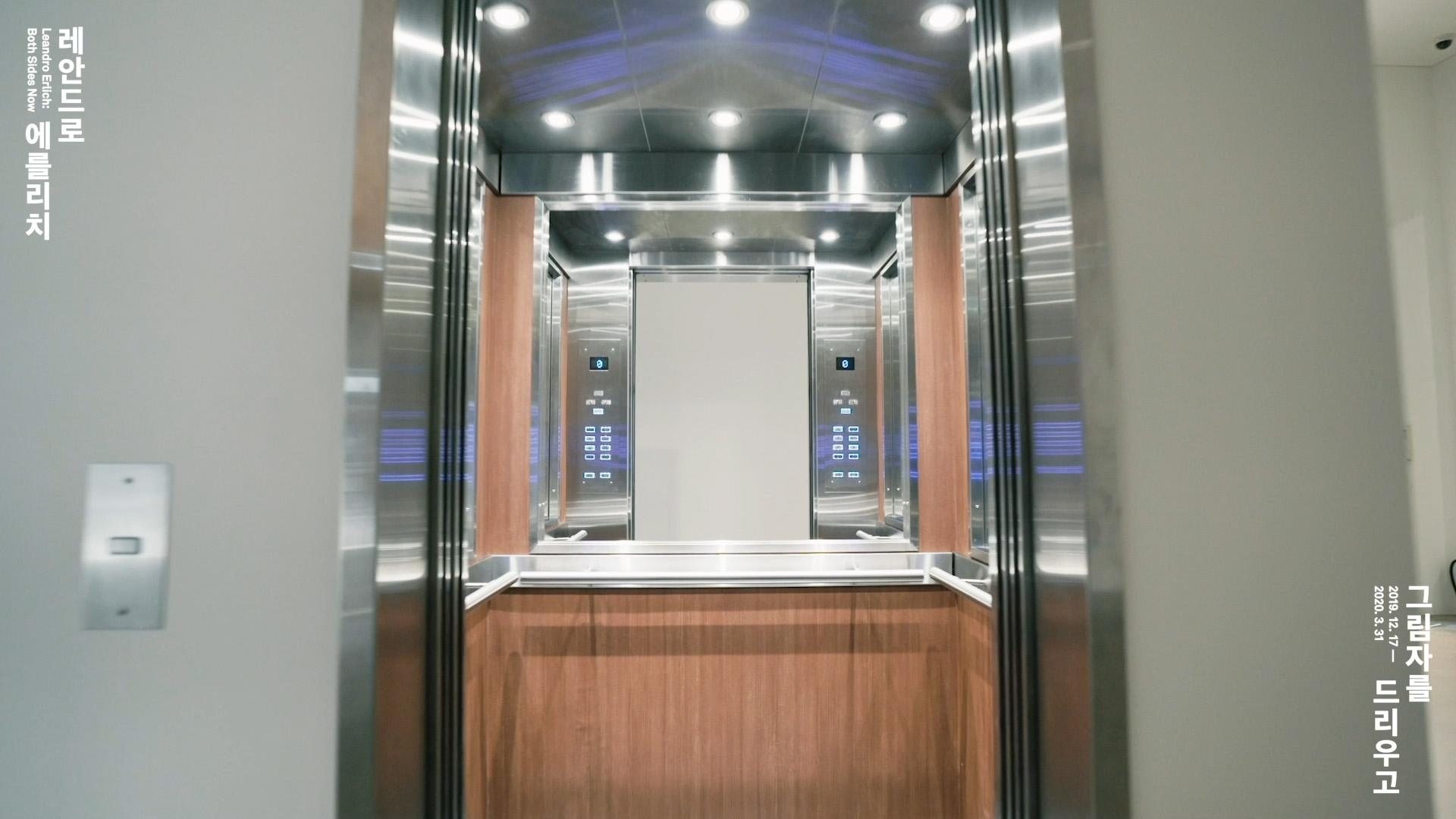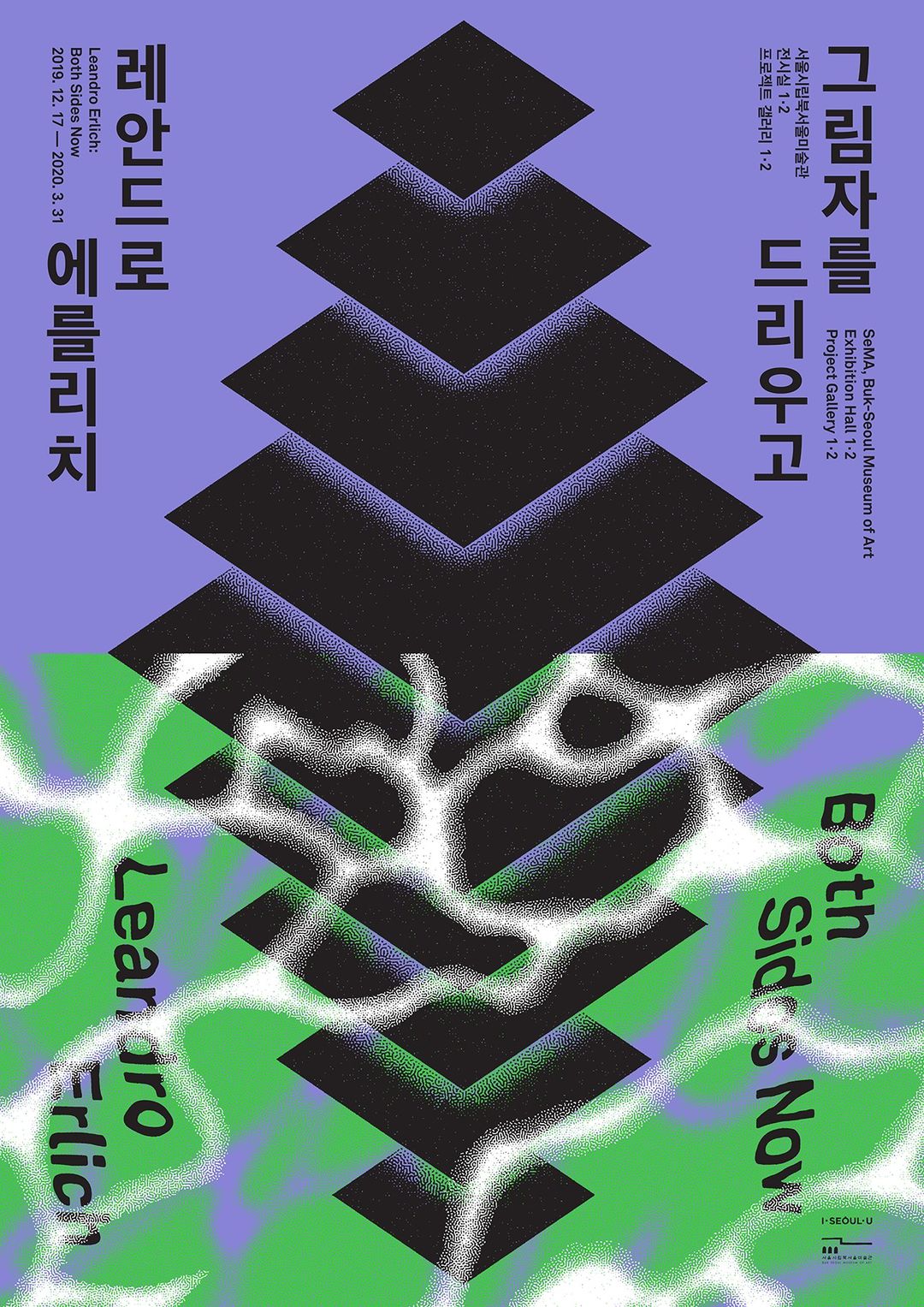레안드로 에를리치는 주로 거울 등을 이용한 시각적 착시를 적용해 엘리베이터, 수영장 등 친숙한 공간을 소재로 한 설치 작품을 선보여 왔으며, 작품성과 동시에 대중성을 입증하며 세계 곳곳에서 활발히 활동 중인 작가이다. 서울시립 북서울미술관에서 개최되는 이번 전시 《레안드로 에를리치: 그림자를 드리우고》는 지금까지 작가가 주로 다루었던 ‘인식’이라는 주제에서 나아가 ‘주체’와 ‘타자’의 관계성에 대한 질문을 던지고 있다.
이전의 전시가 우리가 보는 세계가 실재와 일치하는 것이 아닐 수 있음을 환기하면서 ‘환영과 실재’, ‘허구와 진실’ 등의 개념을 주로 드러냈다면, 이번 전시에서 작가는 ‘나 혹은 ‘주체’란 그를 둘러싼 관계 속에서 만들어지며 결국 ‘주체’와 ‘타자’의 경계가 모호함을 언급한다. 서로 다르다고 생각되는 두 개의 대상을 구분 짓는 경계는 조건과 상황에 의해 만들어진 가변적인 것으로 결국 세상을 구성하는 모든 것들은 연결되어 있고, 그 사이의 경계는 희미하다. 광원에 따라 형태가 달라지는 그림자처럼, 우리가 보는 세상, 혹은 타자라 생각하는 대상은 우리의 시선을 광원으로 해서 만들어진 그림자일 뿐이다.
총 네 개의 전시 공간으로 구성된 전시는 대형 공간설치 작품 <자동차 극장>과 <탑의 그림자>를 처음으로 선보이며, 전시 주제를 상징적으로 담고 있는 조각 작품 <구름(남한, 북한)>으로 마무리된다. 이 밖에도 색다른 체험 요소가 있는 기존 작품들을 전시한다. 《레안드로 에를리치: 그림자를 드리우고》 전은 작가 특유의 유머러스하고 기발한 발상으로 현실에서는 불가능한 새로운 미적 경험을 제공하는 특별한 전시로, 세계적인 수준의 현대미술을 접할 수 있는 드문 기회가 될 것이다.
SeMA, Buk-Seoul Museum of Art is pleased to present Leandro Erlich: Both SidesNow, a solo exhibition of work by Argentinian artist Leandro Erlich from December 17, 2019 through June 21, 2020. Leandro Erlich is an internationally-exhibited contemporary artist whose work has been widely acclaimed for both its originality and popularity. His installations transform familiar, everyday spaces, such as an elevator, staircase and swimming pool by creating optical illusions using mirrors and other various materials. The artist’s current exhibition at the Buk-SeMA, Leandro Erlich: Both Sides Now, goes beyond examining his central theme of “perception,” and further questions the relationship between the “Subject” and the “Other.” Whereas the artist’s previous exhibitions explored concepts such as “the illusion and the real,” or “the imaginary and the truth” by reminding the viewers of how the world we perceive and the real are not always the same, this exhibition focuses on how the “I,” or the “Subject,” is formed through surrounding relationships, and therefore makes the boundaries between the “Subject” and the “Other” ambiguous. Those boundaries, which separate two seemingly different entities, remain variable according to their conditions and circumstances. There is nothing in this world whose essence or nature is invariable. Everything that consists of our world is connected, and their boundaries are far from clear-cut. As shadows change according to their light source, the world we perceive, and those we regard as the “Other,” exist as shadows created by our own perspectives.
Presented across four exhibition galleries of the museum, this exhibition introduces new works Car Cinema and In the Shadow of the Pagoda, two site-specific installations that dominate the space with their massive scale and ends with The Cloud(South Korea, North Korea), a sculptural piece reflecting on the theme of the exhibition. Offering a unique viewer experience, the exhibition will also present a selection of Erlich’s earlier works. Highlighting the artist’s distinct sense of humor and brilliant imagination that push the boundaries of reality, Leandro Erlich: Both Sides Now hopes to provide the viewers with a new aesthetic experience representing the forefront of contemporary art.
출처 : 서울시립미술관 홈페이지 전시소개글


